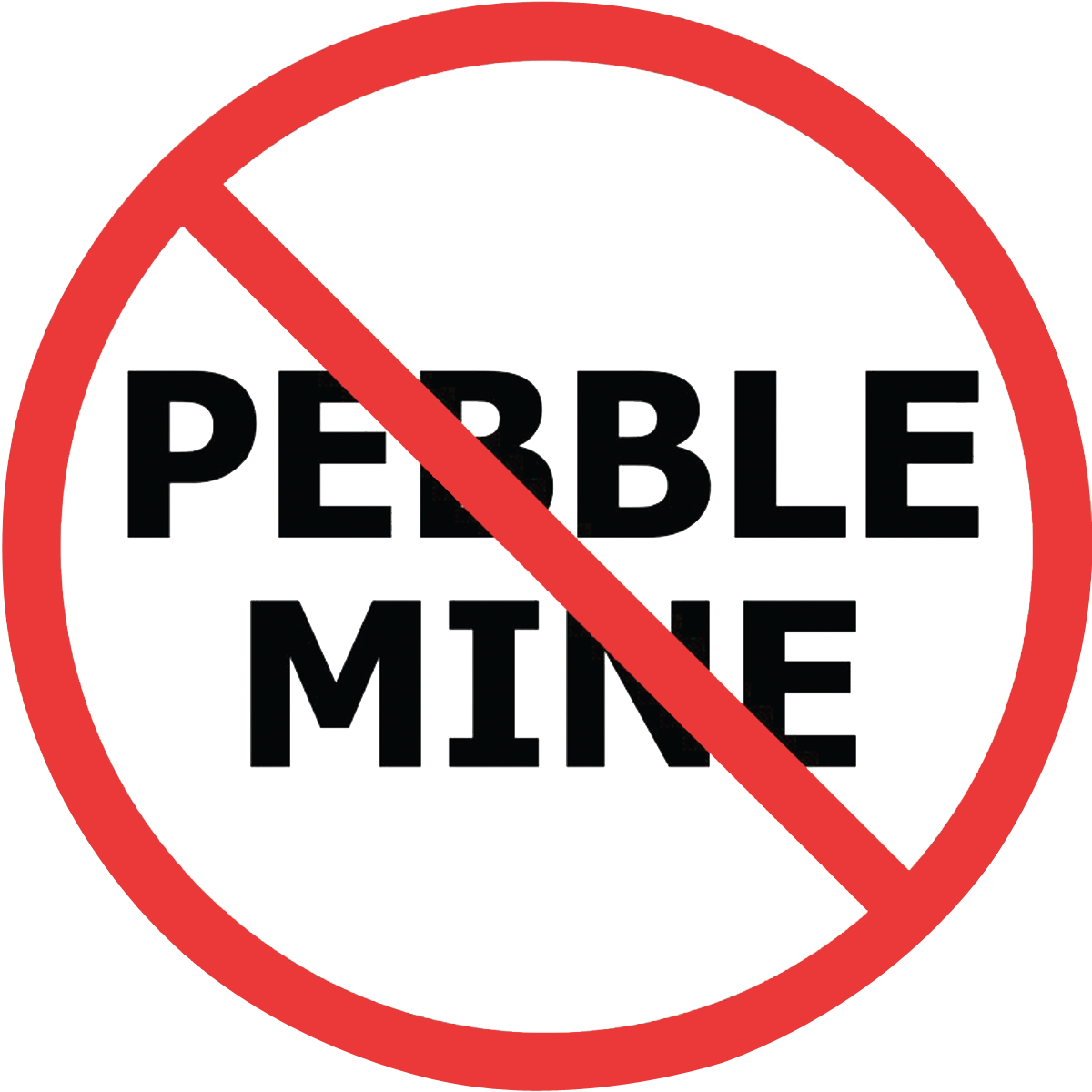Last Sunday, January 24, Southcentral Alaska experienced a 7.1 magnitude earthquake. It toppled shelves, cracked roadways, and scared the daylights out of many groggy Alaskans waking up to their bedroom and houses swaying.
Alaskans and many across the Lower 48 remember the destructive 9.2 magnitude quake of 1964 and fear something like that may affect the region again one day. When you bring the potential for Pebble mine into the equation, the fear becomes much greater.
Our Bristol Bay website explains this issue well:
“Mines operate on a scale of decades, but mine waste stays on-site forever. Tailings – a toxic solid-water slurry waste – are stored behind dams that must remain stable for centuries, through recurring earthquakes. Seismic mapping in the Pebble mine region is incomplete; actual fault locations are unknown. The Pebble Limited Partnership (PLP) must either determine fault locations or assume a worst case scenario: that a major fault runs directly under the mine. Preliminary earthquake mitigation plans for Pebble do not consider recent scientific information on fault locations, although damage to PLP’s tailings dams could release toxic mine waste into important salmon producing rivers.”
In fact, the earthquake last weekend is being called the “inisikin quake.” Ironically, Iniskin Bay is the proposed port site for Pebble.
Even though the destruction from this quake to the region was minimal, we hate to think of what could have happened if the tailings dam had been operating at the time, or what would happen if Pebble’s tailings dam were built and an even larger quake were to occur again.
There are so many reasons Bristol Bay is the wrong place for Pebble mine, but the fact that the region is seismically active is one more factor that makes us say "not here, not ever" to Pebble.


